A car horn is one of the most important safety features in a vehicle, allowing drivers to alert others of their presence. But have you ever wondered how a car horn works? Understanding its mechanism can help you recognize potential issues and appreciate its role in road safety. In this article, we will break down the components, functionality, and types of car horns used in vehicles today.
What Is A Car Horn And Why Is It Important?
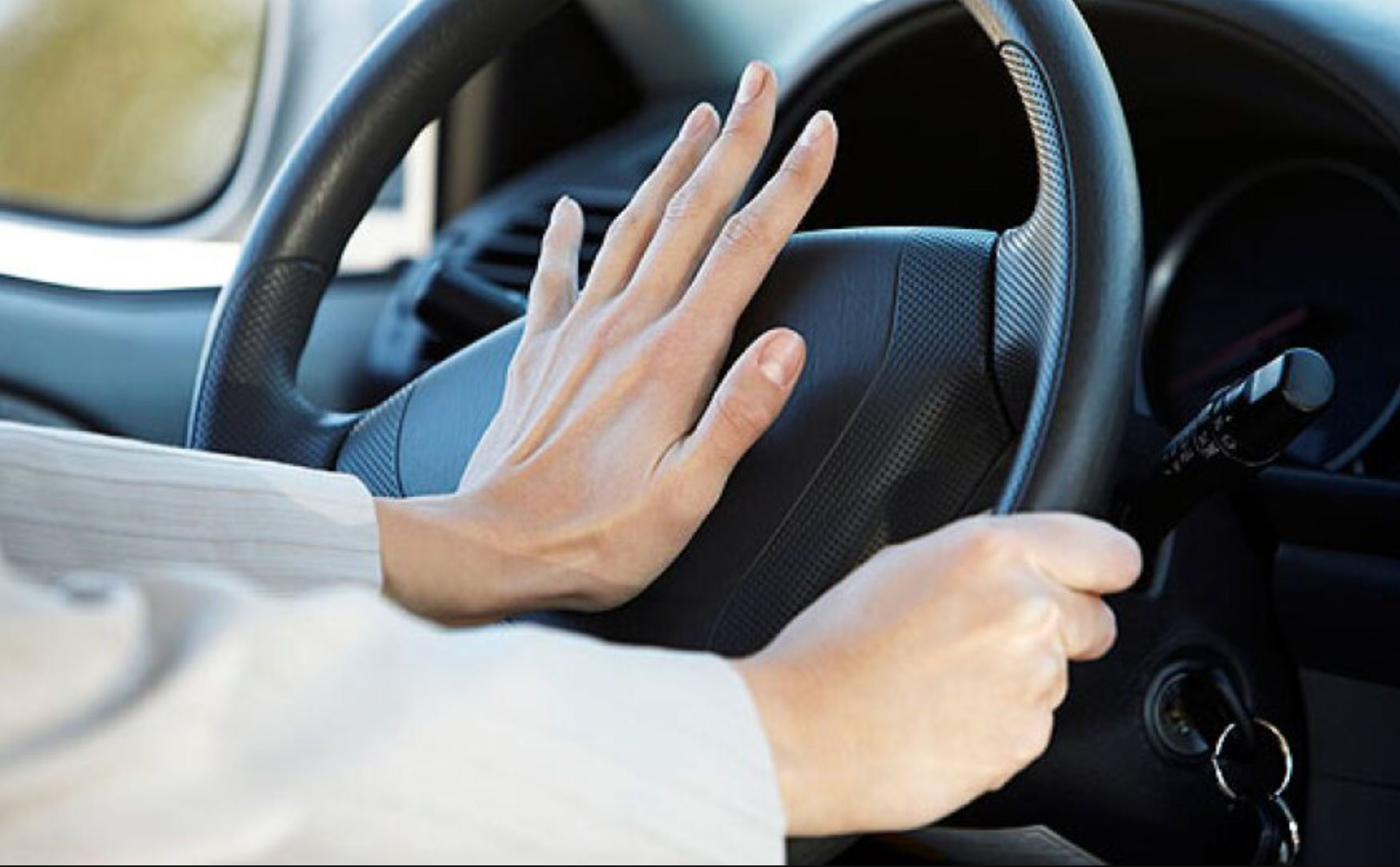
A car horn is an essential component for communicating with other drivers and pedestrians on the road. It helps prevent accidents by providing a warning signal in emergency situations. Without a functioning horn, drivers may struggle to alert others of potential hazards..
The Basic Components Of A Car Horn
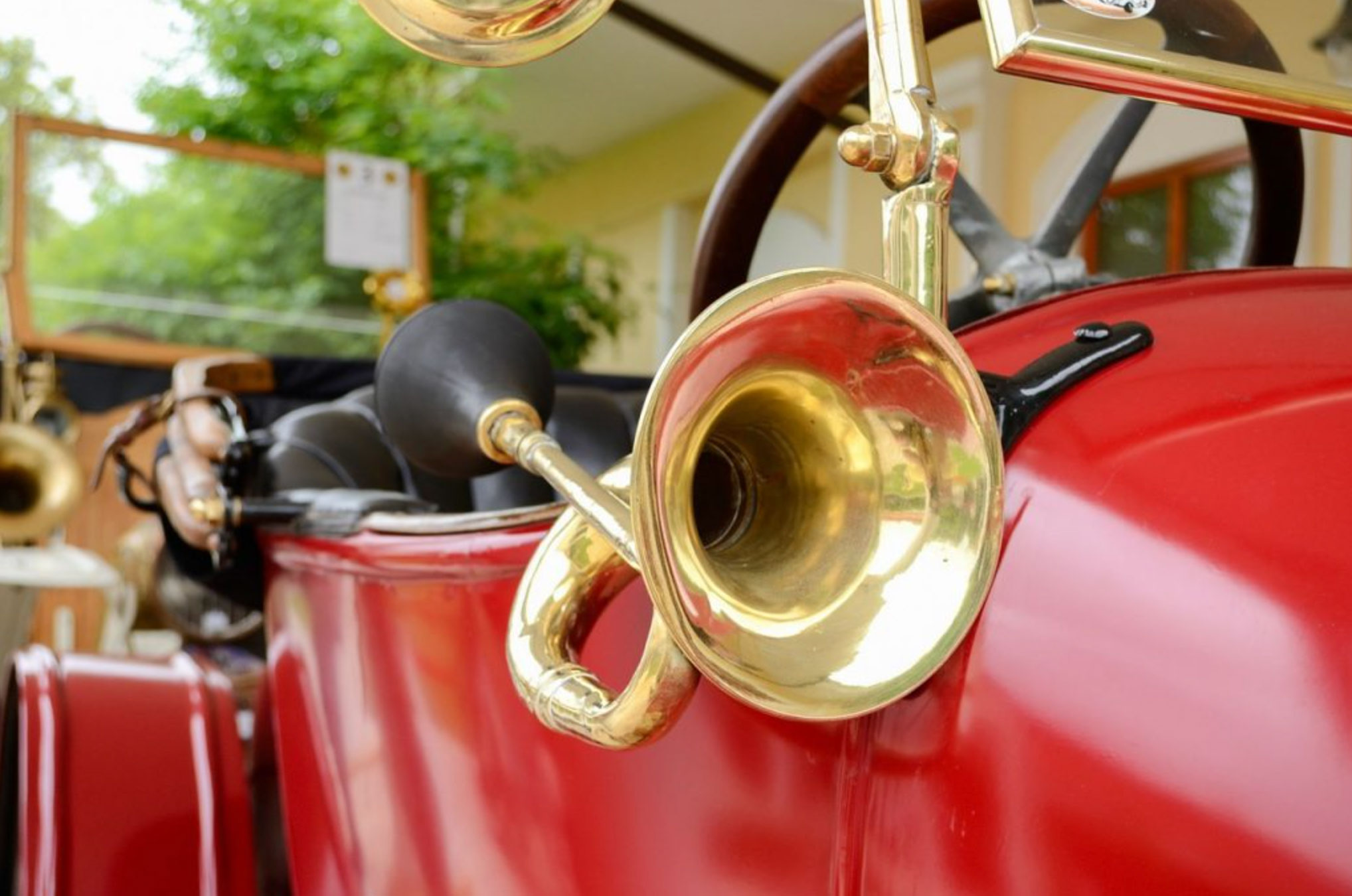
A typical car horn consists of key components such as a diaphragm, electromagnet, relay, and switch. When the horn button is pressed, an electrical circuit is completed, allowing electricity to flow to the electromagnet, which in turn vibrates the diaphragm to produce sound..
How Does A Car Horn Work Mechanically?
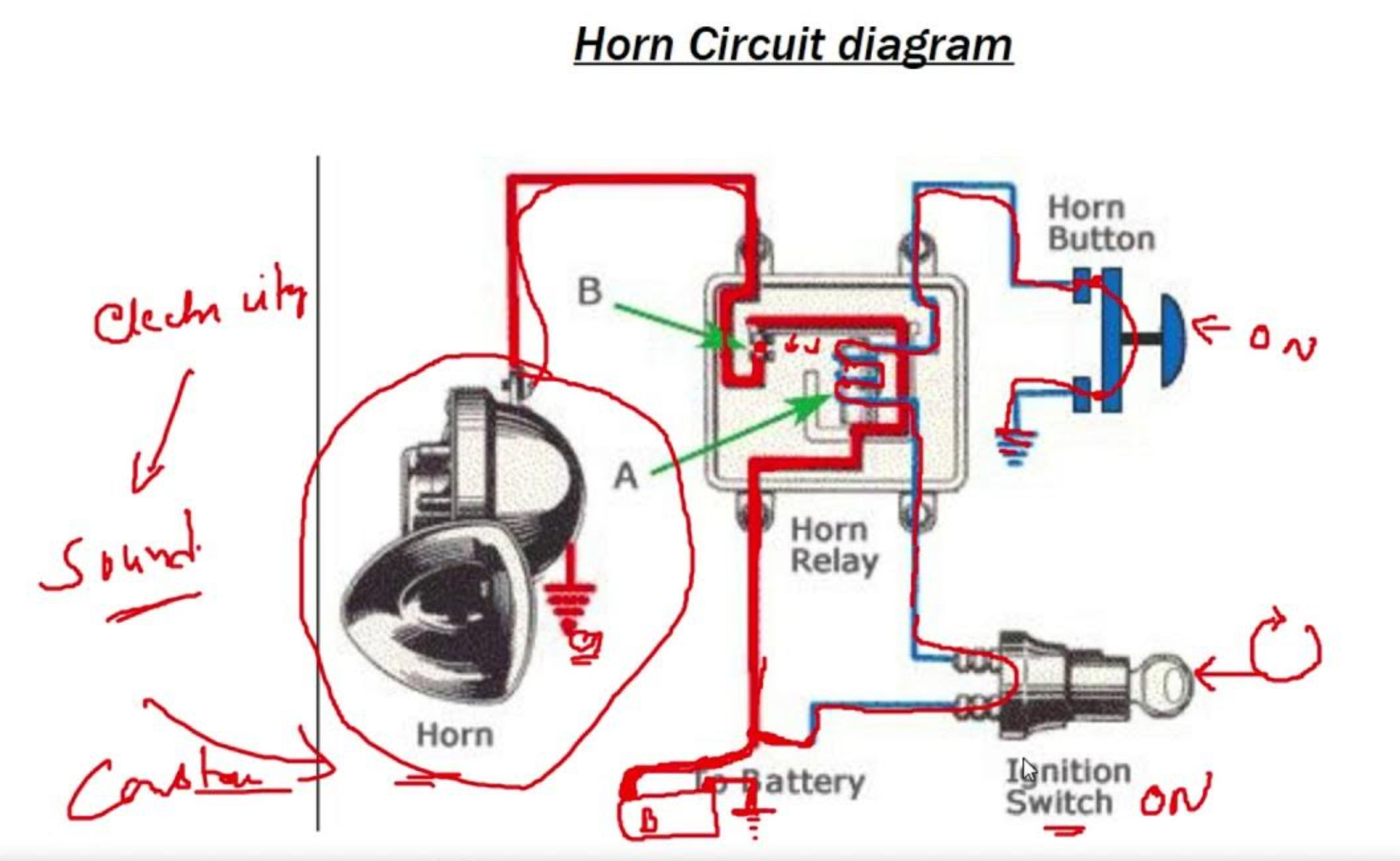
When you press the horn button, electricity flows from the battery to the horn relay. This relay activates the electromagnet, which pulls on a metal diaphragm. As the diaphragm moves, it interrupts the current, causing it to vibrate rapidly. The vibrations create the loud sound that we hear as a car horn..
Types Of Car Horns Used In Vehicles
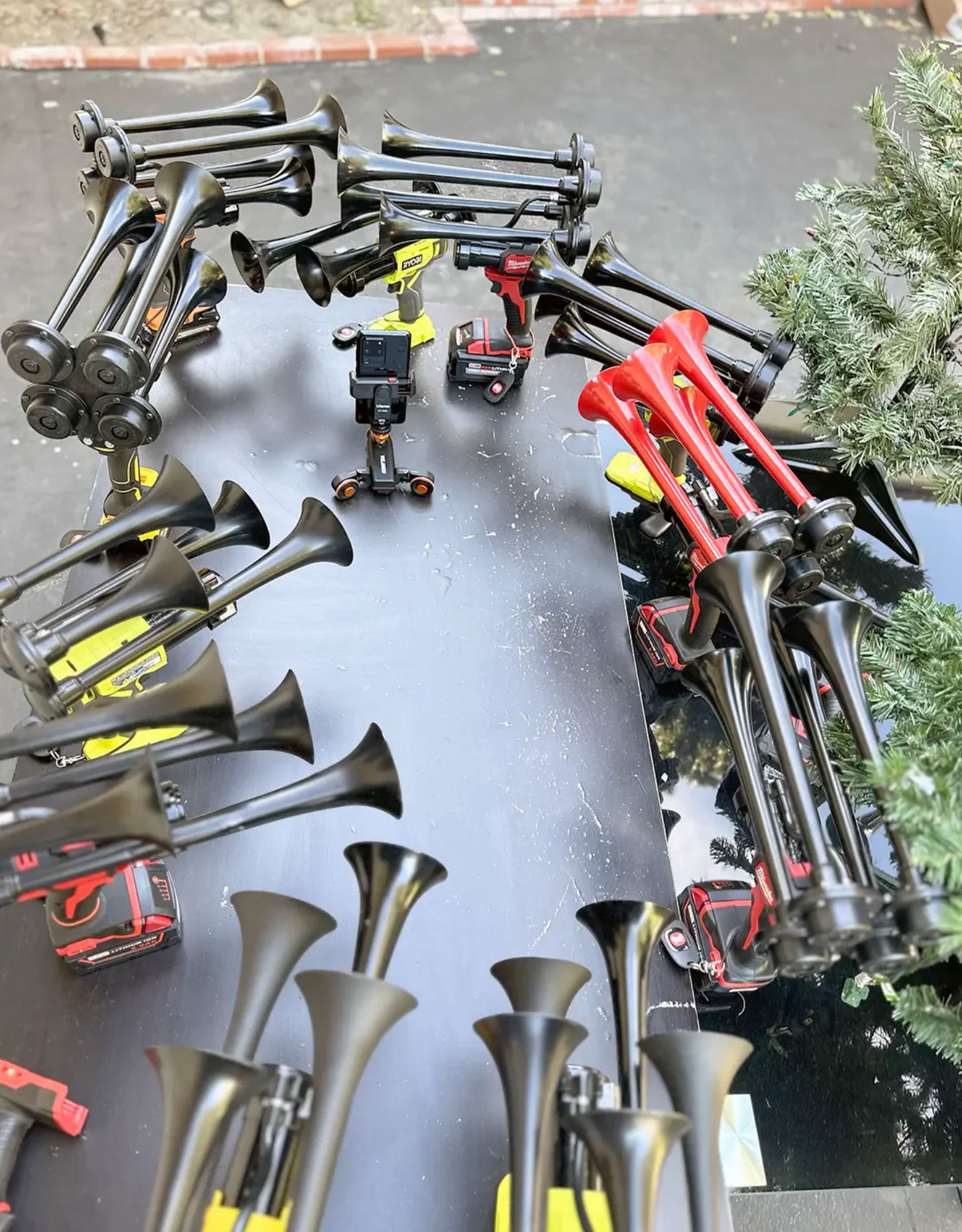
There are different types of car horns, including electric horns and air horns. Electric horns use an electromagnet to generate sound, whereas air horns use compressed air for a louder and more powerful noise. Most passenger vehicles use electric horns, while larger trucks and emergency vehicles rely on air horns..
Common Issues That Affect Car Horn Functionality
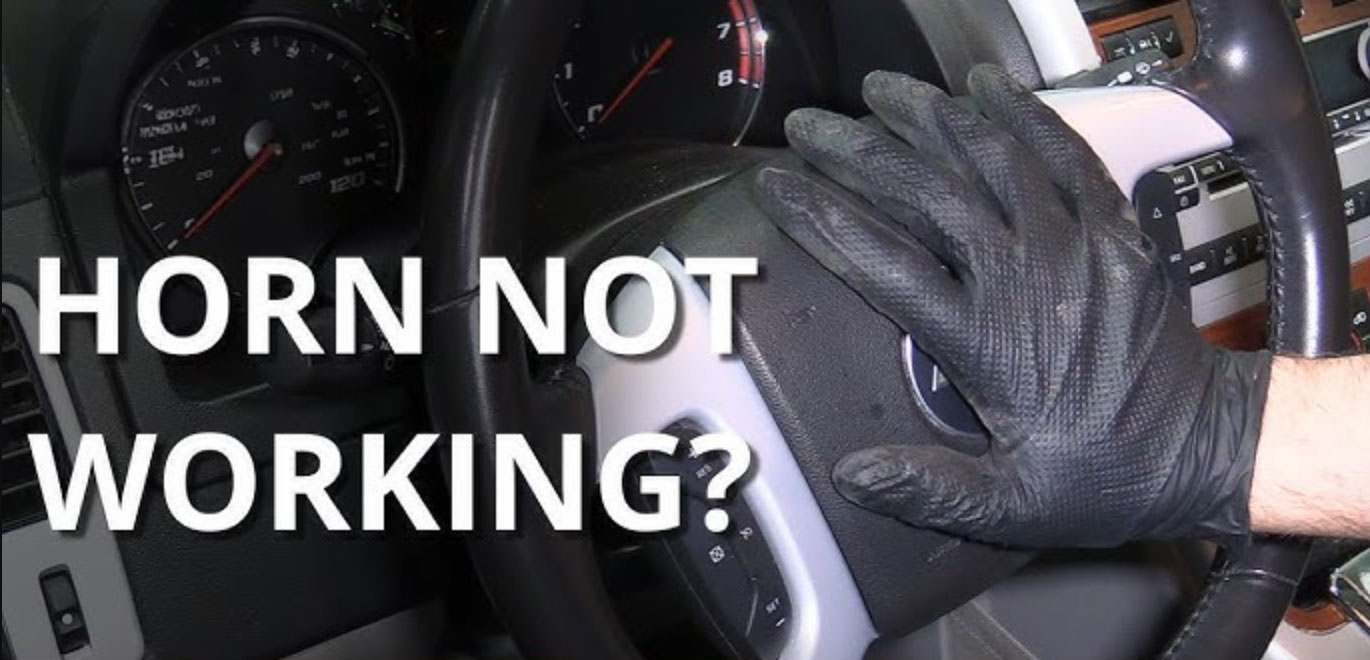
Over time, car horns may develop issues such as weak sound, intermittent operation, or complete failure. Common causes include corroded wiring, a faulty relay, or a damaged diaphragm. Regular maintenance and troubleshooting can help ensure your horn remains in working condition..
How To Troubleshoot A Faulty Car Horn
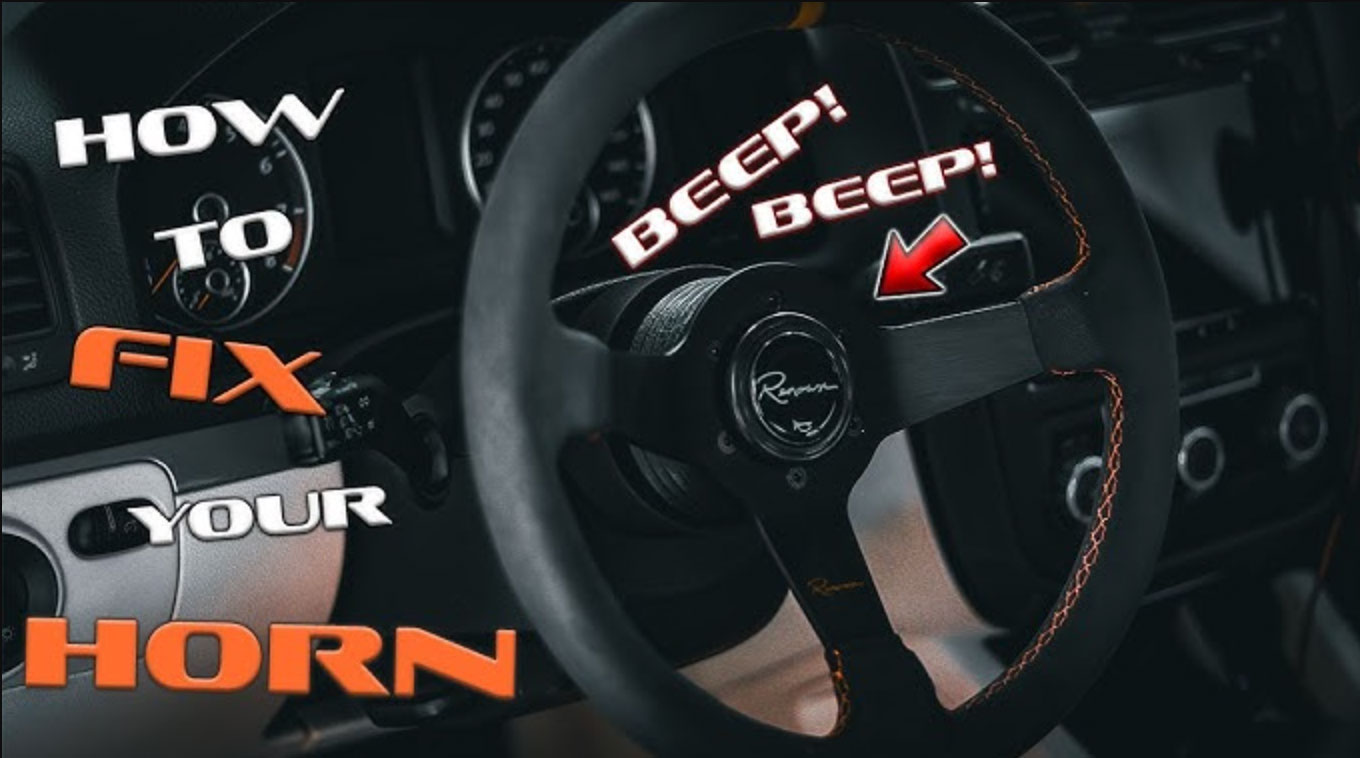
If your horn is not working, start by checking the fuse and relay. A blown fuse can prevent electricity from reaching the horn. If the fuse is intact, inspect the wiring and horn button for any damage. If necessary, replacing the faulty component should restore the horn’s function..
Preventative Maintenance For Your Car Horn
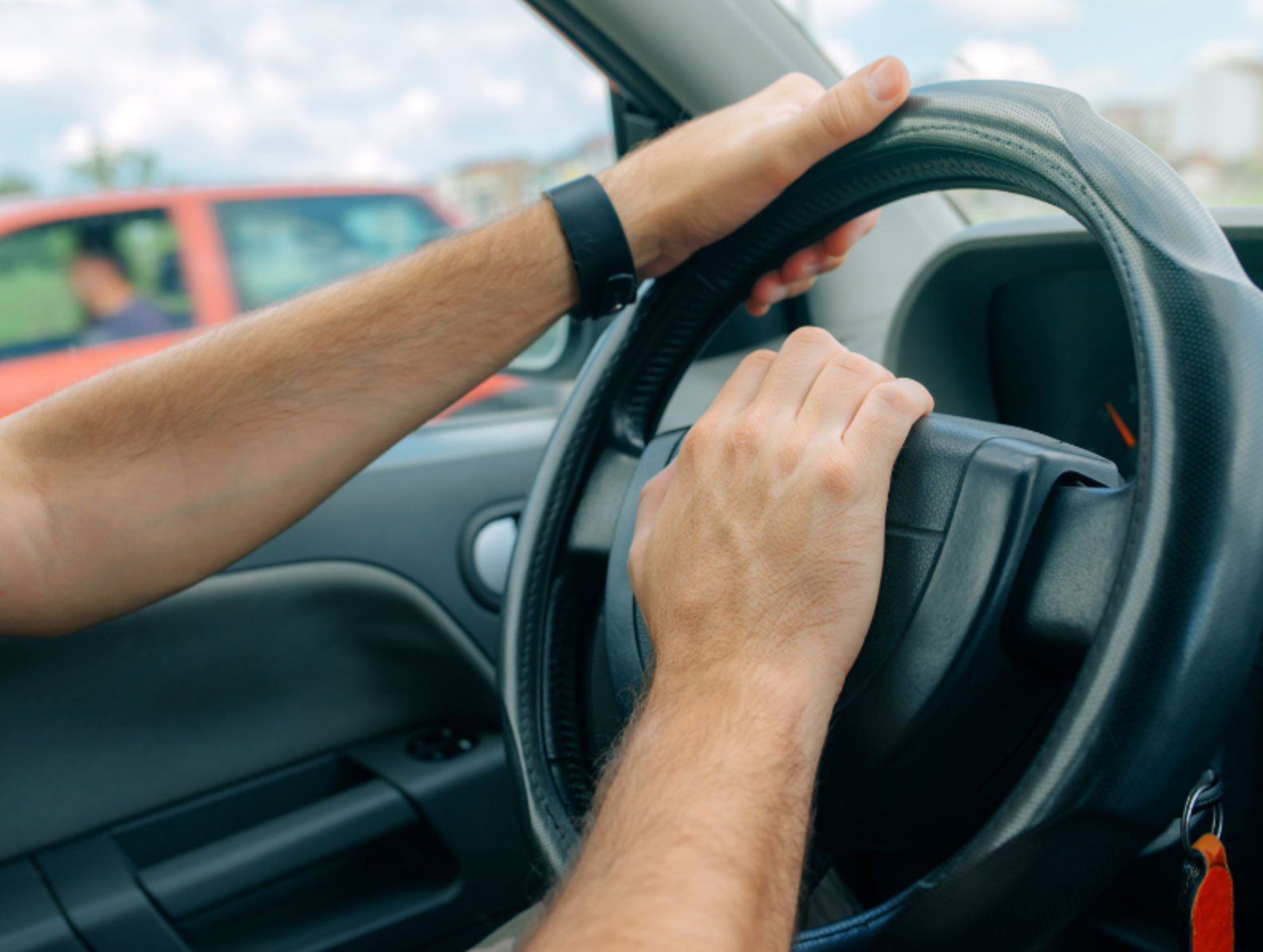
To keep your car horn in good condition, conduct routine checks and clean electrical connections to prevent corrosion. Ensuring that the horn is securely mounted and testing it regularly can help detect issues early before they become major problems..
Legal Considerations For Car Horn Usage

While car horns are a critical safety feature, they should be used responsibly. Many regions have regulations on unnecessary honking to reduce noise pollution. Always ensure that your horn is used for safety purposes rather than as an annoyance to others..
Understanding how a car horn works allows drivers to appreciate its importance in vehicle safety. By maintaining your car horn and addressing any issues promptly, you can ensure that your vehicle remains safe and sound. Whether signaling to prevent an accident or alerting someone of a potential danger, a properly functioning car horn is an indispensable tool on the road.


